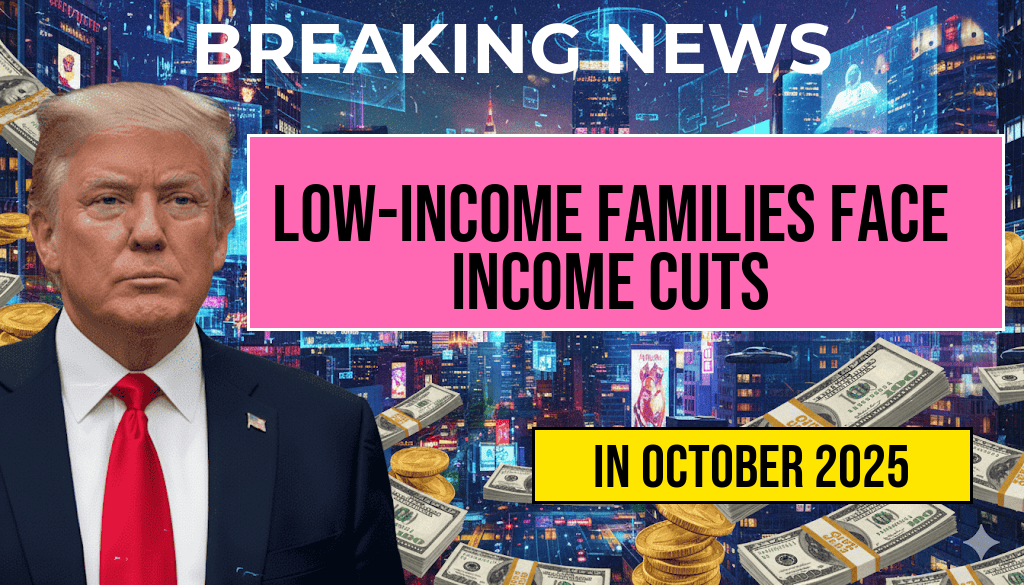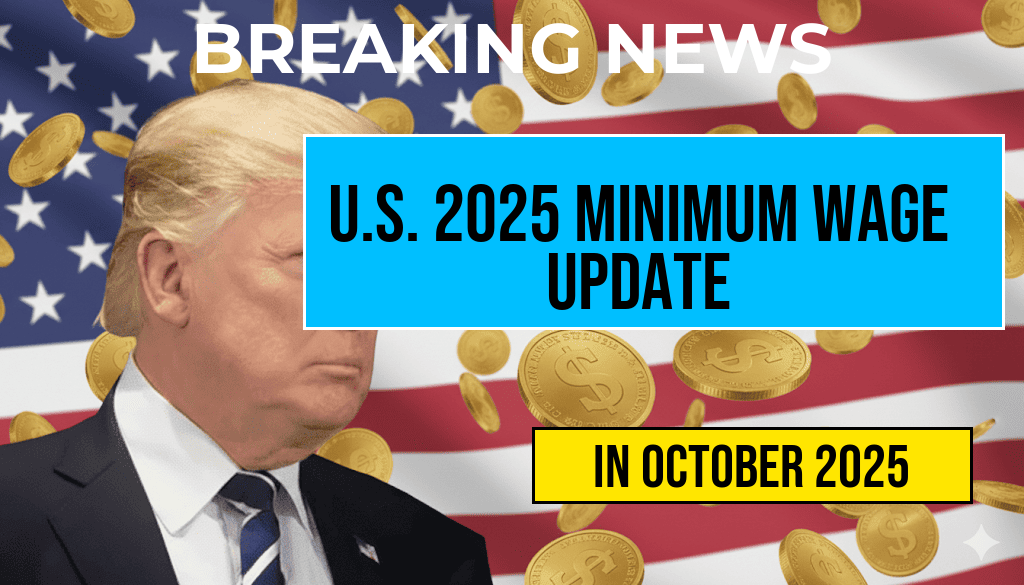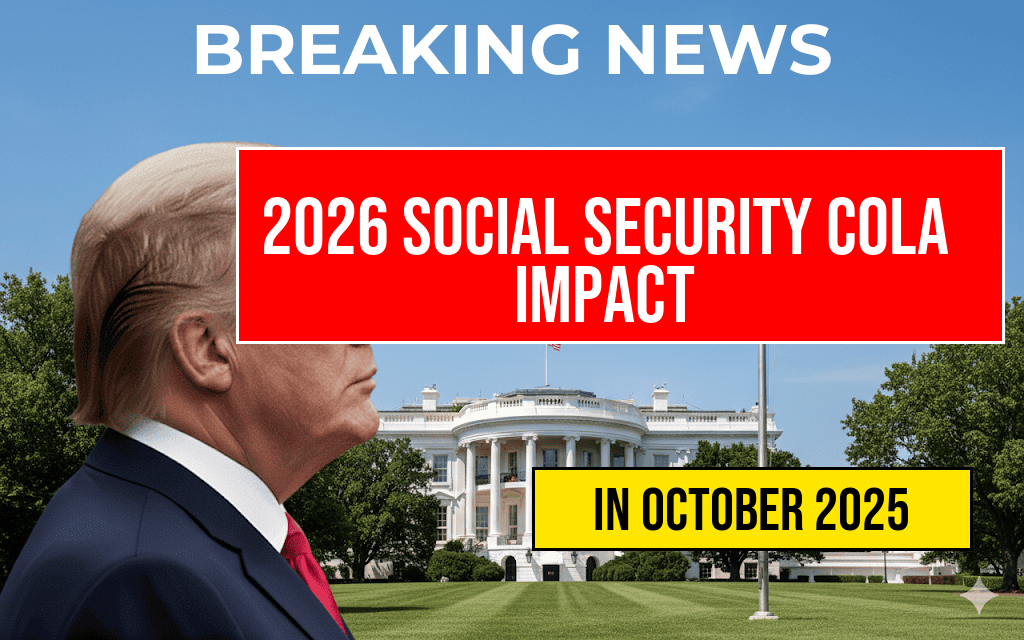Low-income families across the United States are facing significant financial challenges following recent policy adjustments that could reduce household incomes by up to $1,650 annually. The new regulations, enacted by federal and state agencies, aim to tighten eligibility criteria for various social welfare programs, including food assistance, housing subsidies, and earned income tax credits. Advocates warn that these changes threaten to deepen economic hardship for vulnerable populations already grappling with inflationary pressures, rising healthcare costs, and stagnant wages. Meanwhile, policymakers argue that the reforms are necessary to curb government spending and reduce dependency on public aid. The impact is expected to be uneven across regions, with some states experiencing more pronounced income reductions than others, sparking concern among community organizations and economic analysts alike.
Details of the Policy Changes
Scope and Implementation
The recent policy modifications primarily target eligibility thresholds for multiple support programs. These include modifications to income limits, asset tests, and work requirement stipulations. Effective from January 2024, the changes are designed to streamline assistance but have inadvertently resulted in eligibility cutbacks for many families. The new rules require recipients to meet stricter income and resource criteria, effectively disqualifying some households that previously qualified.
Key Programs Affected
- Supplemental Nutrition Assistance Program (SNAP): Eligibility thresholds are lowered, with some families losing benefits or being disqualified altogether.
- Housing Choice Voucher Program: Increased rent burden and stricter income assessments reduce the number of eligible recipients.
- Earned Income Tax Credit (EITC): Changes to income limits and phase-in rates decrease the benefit amounts for many low-wage workers.
Projected Financial Impact
Quantifying the Loss
| Family Income Level | Average Loss | Range of Potential Losses |
|---|---|---|
| Below 150% of Federal Poverty Level | $1,200 | $800 – $1,650 |
| 150%–200% of Federal Poverty Level | $850 | $500 – $1,200 |
| Over 200% of Federal Poverty Level | $300 | $100 – $700 |
Experts from the Wikipedia page on income inequality estimate that the cumulative effect could push thousands more families below the poverty line, especially in urban and rural areas heavily reliant on government aid.
Community and Economic Reactions
Advocates Sound Alarm
Many social service organizations express concern over the increased hardship faced by their clients. Lisa Martinez, director at the National Coalition for Low-Income Families, stated, “The policy shifts disproportionately affect families already on the edge. Reducing access to essential supports can lead to higher food insecurity, housing instability, and adverse health outcomes.” Studies from organizations such as the Urban Institute highlight the long-term societal costs of such cutbacks, including increased healthcare expenses and decreased economic productivity.
Policy Makers’ Perspective
Officials defending the reforms argue that tightening eligibility is necessary to allocate resources more efficiently and incentivize work. A spokesperson for the Department of Health and Human Services emphasized that the goal is to ensure aid reaches those most in need while reducing fraud and abuse. “These changes are part of broader efforts to modernize our social safety net,” the spokesperson said, referencing budgetary constraints and the need for fiscal responsibility.
Potential Long-Term Effects
Economic Hardship and Poverty Trends
Analysts warn that the income reductions could lead to a rise in poverty rates and exacerbate income disparities. The Congressional Budget Office (CBO) projects that, if sustained, these policy shifts could increase the number of Americans living below the poverty line by hundreds of thousands over the next year. Increased financial strain could also have ripple effects, influencing local economies and healthcare systems, especially in regions already vulnerable to economic downturns.
Policy Alternatives and Recommendations
Some experts suggest targeted reforms that balance fiscal responsibility with social support. These include expanding job training programs, increasing minimum wages, and implementing measures to reduce barriers to employment. Community organizations advocate for safeguards to prevent families from falling through the cracks during these transitions, emphasizing the importance of maintaining a basic safety net in times of economic uncertainty.
Frequently Asked Questions
What is the main impact of the new policy changes on low-income families?
The new policy changes could result in a reduction of income up to $1,650 annually for low-income families, affecting their overall financial stability.
Who is affected by the recent policy changes?
Low-income families, particularly those relying on government assistance and benefits, are most impacted by the policy adjustments that reduce their income.
Why are these policy changes being implemented?
The policy changes aim to restructure income support programs, but critics argue they may disproportionately affect vulnerable families with limited financial resources.
What can affected families do to mitigate the impact of these changes?
Families can explore additional assistance programs, seek financial counseling, or advocate for policy adjustments through community or legislative channels.
When will these policy changes take effect?
The changes are scheduled to take effect starting next fiscal year, giving families some time to prepare and adjust to the new financial landscape.










